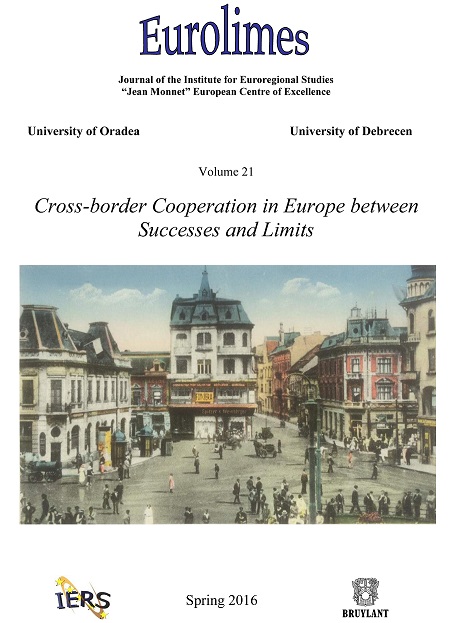Impacts of Study-driven International Migration on Cross-border Co-operations – Case Study: Debrecen-Oradea
Impacts of Study-driven International Migration on Cross-border Co-operations – Case Study: Debrecen-Oradea
Author(s): Klara Czimre, Constantin Toca, Roland Hegedűs, Károly TepericsSubject(s): Politics / Political Sciences
Published by: Editura Universitatii din Oradea
Keywords: cross-border cooperation; higher education; University of Oradea; University of Debrecen
Summary/Abstract: The number of study-driven international migrants is dynamically increasing all over the world. Nowadays, the number of tertiary (higher education) students enrolled outside their country of citizenship is an estimated 5 million (UNESCO, 2014). The highest number of international students is found in the countries of Europe, while the countries with high population number are the leading sources of international students (China, India). Following the millennium, Hungary enrolling more than 25 thousand international students was also marked on the map of international student mobility. The number of Hungarian students enrolled abroad was substantially below this value (8–9 thousand students), with target countries including Austria, Germany, Denmark and the United Kingdom. Debrecen in Northeast Hungary plays a specific role in the study-driven international migration of the Central European region. Year by year approximately 4 thousand international students are present in the higher education institutions of the city. The study-driven migrants may be divided into two distinct groups on the basis of their motivations (origins). The minorities living in the neighbouring countries have been represented by a stable one-third ratio (900 students) within the higher education students since the millennium. The other large group of international students (3100 students) is constituted by the university students from Europe, Asia and Africa taking advantage of the internationalisation of higher education. Approximately 80% of them are enrolled for the English Faculties of Medical Sciences (Faculty of Medicine, Faculty of Pharmacy, Faculty of Dentistry, Faculty of Health) as a result of the relatively cheap but high quality training. The increase in the number observed after the millennium has clearly stagnated in the case of the Hungarian minorities living in the neighbouring countries (due to demographic reasons, and extended opportunities for studying in their mother-tongue), while it has become more intensive in the case of the students coming from more distant countries. In our study, the diploma mobility and the students enrolled for partial trainings (Erasmus) are compared with respect to the University of Debrecen and the University of Oradea. The relationship systems of the two institutions are analysed from the aspect of cross-border co-operations.
Journal: Eurolimes
- Issue Year: 2016
- Issue No: 21
- Page Range: 157-170
- Page Count: 14
- Language: English
- Content File-PDF

